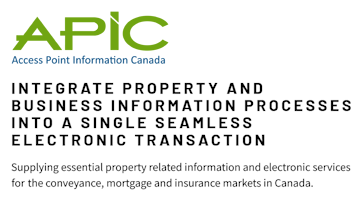The Effective Facilitation program builds a strong foundation of knowledge in both practice and theory for facilitation success. Knowing the techniques to use and how to effectively facilitate in different situations – meetings, presentations and training sessions – in today’s environment is critical. With its focus on asking rather than telling, and listening to build consensus, facilitation is the new leadership ideal, the core competency everybody needs.
During this 1-day program, you will gain an understanding of the full cycle of facilitation. It will provide you with the resources, materials, and tools that can be used to confidently and effectively facilitate in any situation. You will also get the opportunity to practice what you’ve learned in a safe and supportive environment.
Through a mix of theory and practice, participants will learn how to:
- Create a positive climate that engages and involves your learners
- Deal with the unexpected – unanticipated problems and challenging participant situations
- Evaluate the results of your training; learner feedback is valuable in more ways than one.
This program is designed to reinforce and develop your skills as a facilitator. Each participant will have the opportunity to facilitate a brief session on the second day of the program. This will allow the facilitator and training participants to offer insightful and real-time constructive feedback.
Please note that this workshop is a 1-Day condensed version.
For more information, please click here
To Register, please click here



.jpg)



